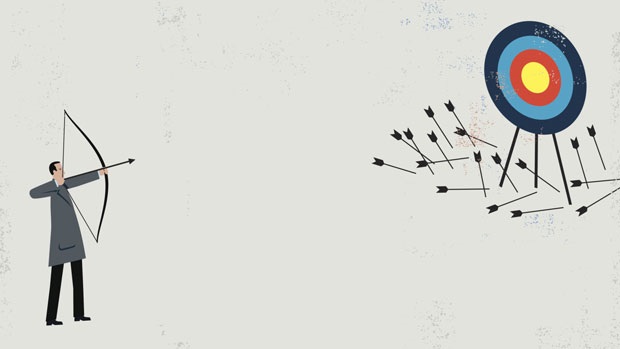Some years ago, my husband, knowing how much I loved Americana/Old Time music, gave me a chance to experience it from a new perspective by giving me three months of violin/fiddle lessons. I began practicing in earnest, and met with my instructor twice each week where I learned how to make the instrument sound less like a tortured cat and more like simple music.
As my skills progressed over the next few months and I signed up for more lessons, I really enjoyed being able to play the songs I had long appreciated, but then things got even better. My instructor encouraged me to join the community orchestra, and there I found a small group of folks with musical tastes similar to mine with whom I formed a fiddle (plus banjo and guitar) group.
Playing music alone or with an instructor is certainly necessary to build foundational knowledge and abilities, but when people gather together and pool their individual efforts to make something collectively, there is a good chance that amazingly beautiful creative moments will occur. In the orchestra and fiddle group, I’d be playing away, concentrating completely on keeping time and being in tune, but then suddenly and simultaneously I would become aware of the music being made around me and simply marvel that I was a part of it all.
Listening to music, either recorded or live, can be an enriching experience, as symphony goers or rock concert attendees can attest to. Likewise, traditional lectures about composers or music theory can offer a great deal of educational content. However, I would suggest that by participating in the act of making the music, an even greater connection to the other musicians, the audience, and the songs themselves can be obtained.
My journey from appreciative listener to jubilant fiddler perfectly illustrates the audience involvement spectrum presented in this week’s lecture. Regardless of the medium or activity, beginning as a receptive spectator, and evolving into a full-fledged participant in the artistic or inventive process can allow an individual to learn, create, and experience a shared interaction at a much richer level.





